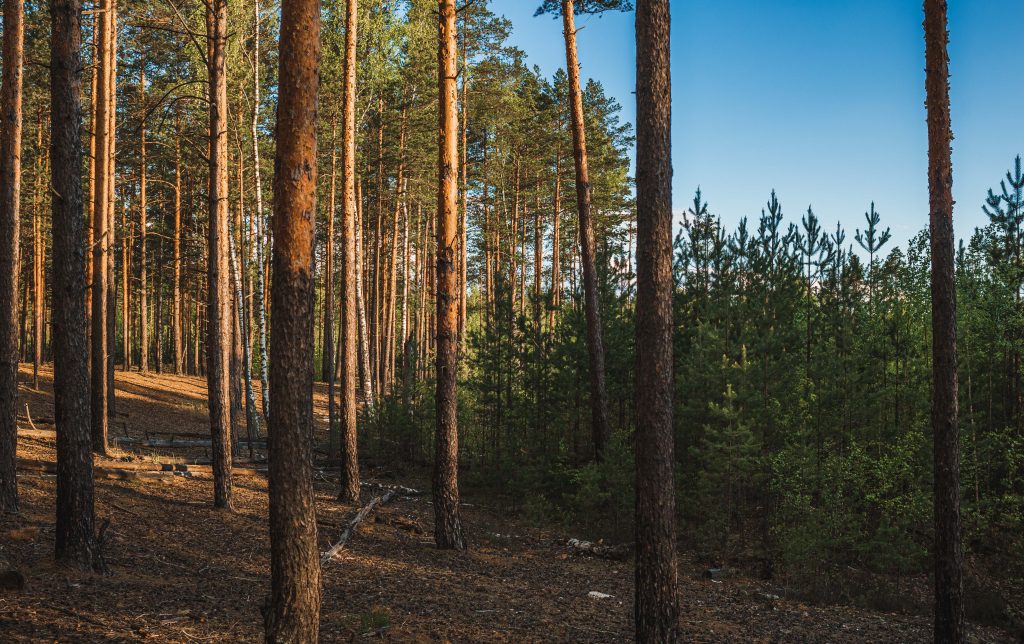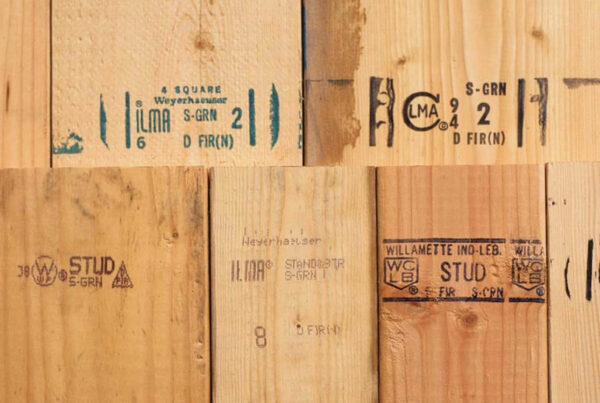Douglas fir trees are highly regarded as being the most prevalent producers of timber products around the globe. Compared to other similar trees on the North American continent, it generates more Douglas fir lumber than several other similar trees. There are two types of species within the regions of British Columbia, namely Interior and Coastal.
The difference between Coastal and Interior Douglas fir
The Coastal variety is mostly found across Vancouver Island (excluding the far northern region) and directly adjacent to the southern mainland coast. In general, these trees grow to be very tall, reaching an average height of approximately 85 meters. The color of the Coastal fir is generally lighter than that of the Interior fir and host a more even texture.
The Interior Douglas fir is very common across the southern regions. Its presence stretches farther north, reaching the exact center of British Columbia. The Interior variety also grows tall, but only at heights of about half the Coastal length. This is approximately 42 meters. While both the Interior and Coastal fir bear similar qualities, the Interior variety is not as penetrable. Thus, it is more difficult to treat it with wood preservatives.
Uses
These logs play a perfect role in the manufacture of plywood, timbers, pilings and dimensional lumber commodities. In turn, these commodities are useful in the construction of many creations. Creosote-treated decking and piling is very useful in the assembling of marine constructions. This is due to its durability. Its lumber is also used for the creation of pulp, fencing, poles and posts, railroad ties, furniture, doors, window frames and flooring, to name a few. Some people even use these as Christmas trees.
Drying Douglas fir lumber and logs is often to meet the specific requirements. This applies to clients who want to have customized doors and windows. The process enhances the general appearance of the lumber. As a result, it provides it with a natural-looking staining image. It also strengthens the wood to offer more resistance to insect infestations and natural decay.
Unique working properties of the Douglas fir
This remarkable tree is very common and it features durability and flexibility. It is also typically easy to work with and therefore, a much-preferred choice of lumber across the globe. You can shape it into any desired design or commodity required without effort. Moreover, you can sand it down smoothly according to specifications. It also has a remarkable ability to retain the holds of nuts, bolts, and screws perfectly. Douglas fir lumber is also unique amongst its softwood siblings. It is naturally stable in dimension, allowing it to adjust to all conditions of humidity.











